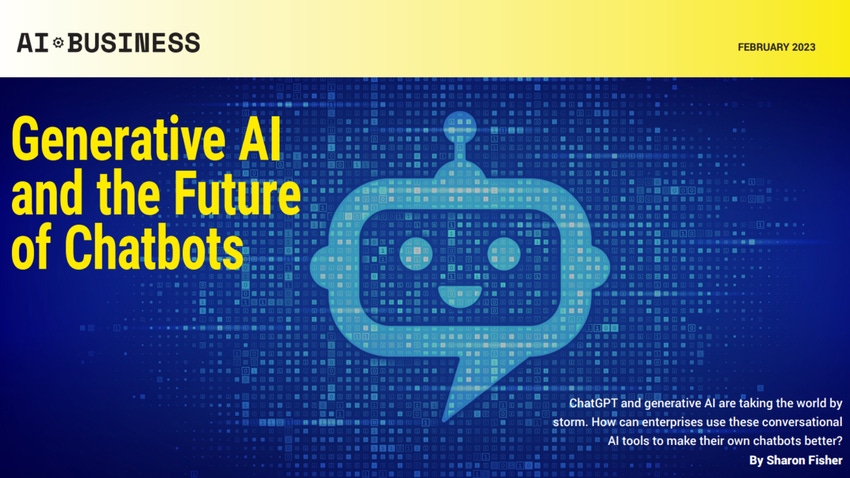How can enterprises use conversational AI tools like ChatGPT to make their own chatbots better?
March 3, 2023

ChatGPT, OpenAI’s chatbot finetuned on top of its GPT-3.5 large language model, is the talk of the AI community and beyond. And for good reason: the chatbot has amazed people with its ability to generate human-like text that seemingly ‘understands’ context. But beyond text-to-text, generative AI also includes text-to-image, text-to-video, text-to-3D, text-to-music and others.
But there is more to generative AI than the ability to write your company’s employee manual as a Shakespearean sonnet: It will profoundly change customer expectations around chatbots.
“Everyone is actively assessing where they can fit this in the stack,” said Will McKeon-White, an analyst with Forrester. “If you don’t have this capability in two years, you are not going to be standing up in feature functionality.”
One step companies can take is to develop ways to create or customize large language models based on their own domain data, such as knowledge articles and internal datasets, to provide more trustworthy and accurate results for a given business.
Companies should experiment with what currently exists, such as asking common user questions and comparing responses to current chatbot responses, to establish a baseline.
Work with your current AI vendor to find out what their plans are for these new technologies and how the vendor is planning to bill usage. Most importantly, until the technology is further developed, humans should still be involved in vetting the generative AI system’s responses.
Download the report.
About the Author(s)
You May Also Like
.png?width=100&auto=webp&quality=80&disable=upscale)
.png?width=400&auto=webp&quality=80&disable=upscale)
.jpg?width=700&auto=webp&quality=80&disable=upscale)
.jpg?width=700&auto=webp&quality=80&disable=upscale)
.jpg?width=700&auto=webp&quality=80&disable=upscale)


.jpg?width=300&auto=webp&quality=80&disable=upscale)

.jpg?width=300&auto=webp&quality=80&disable=upscale)